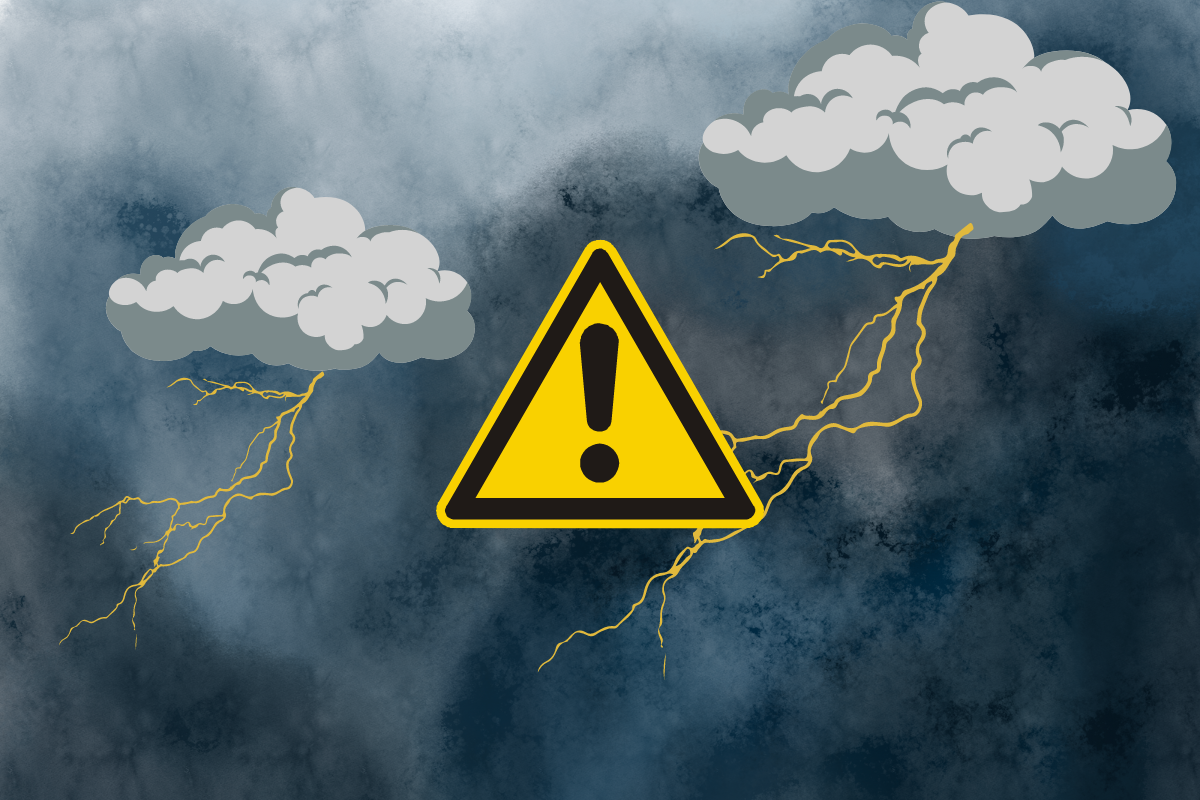Transit Resilience against Extreme Weather and Climate Change
Ontario, with its unique climate challenges ranging from heavy snowfalls in the north to ice storms in the south, requires specific strategies to keep its transit and rail services operational during extreme weather. Companies such as Metrolinx (which operates GO Transit and UP Express), the Toronto Transit Commission (TTC), and VIA Rail have implemented vigorous systems to ensure smooth operations even when faced with severe conditions like freezing rain, snowstorms, and flooding.
1. Advanced Weather Monitoring and Early Warning Systems
In partnership with Environment Canada, Ontario’s rail and transit firms employ cutting-edge meteorological techniques to regularly monitor weather patterns throughout the province. Operators can modify schedules and reroute services in advance of severe weather, such as the regular freezing rain or lake-effect snow in southern Ontario, thanks to these systems’ real-time data and early warnings.
Metrolinx uses its Regional Control Center for round-the-clock weather and rail condition monitoring allowing quick dispatch of maintenance crews to trouble spots
2. Infrastructure Resilience and Weather-Proofing
The TTC and GO Transit are two of Ontario’s transportation systems that have made investments in weather-resistant infrastructure. With unique features like concrete tie tracks and continuously welded rails that eliminate weather-related expansion and contraction problems, rail tracks are built to withstand extreme cold and heat.
The TTC has strengthened subway tunnels and stations to withstand future flooding. Following the 2013 floods in Toronto, upgrades were made to regions susceptible to high rainfall, including the installation of improved drainage systems and flood barriers in strategic locations like Union Station.
3. Snow and Ice Removal Systems
In Ontario, snow removal is an essential task throughout the harsh winters. In addition to heated switches to keep tracks from freezing, GO Transit and other Ontario train systems use snow plows, blowers, and sweepers to clear tracks. These systems are especially important in areas surrounding the Great Lakes, where heavy snowfall caused by the lake effect can quickly accumulate on railroad tracks.
To avoid ice buildup on subway lines, the TTC employs de-icing trains that are outfitted with heated third rails. This contributes to the consistent provision of service throughout the province’s frequent freezing rain events.
4. Winterization of Vehicles and Trains
In order to withstand the harsh winters in Ontario, transit vehicles undergo winterization. To help keep passengers comfortable and avoid problems during cold snaps, GO Transit buses are outfitted with heaters, improved braking systems, and snow tires.
Insulation is used in TTC streetcars and subway trains to shield vital systems from subfreezing temperatures. The new Flexity streetcars have integrated anti-icing equipment and snow-clearing plows affixed to the front to withstand Ontario’s severe winters.
Via Rail, which runs longer-distance trains in Ontario employs heated passenger cars and winterized locomotives to ensure trains run safely and comfortably through the coldest months,
5. Emergency Response and Contingency Planning
The province’s transit and rail organizations have thorough contingency plans in place in case of harsh weather. Metrolinx has created a severe weather action plan that calls for modifying services, sending out maintenance teams, and, if needed, arranging for substitute modes of transit.
When there is an ice or snowstorm, the TTC has a Rapid Response Team ready to go. In order to minimize service interruptions, these teams promptly resolve equipment problems, flooding, and blockages in the tracks.
GO Transit prevented a complete closure of the system The storm had a significant impact on the entire system.during the infamous 2013 ice storm by using additional workers and maintenance teams to remove ice from tracks and overhead wires.
6. Flood Prevention and Management
After the 2013 floods, Toronto’s Union Station—a major hub for VIA Rail, the TTC, and GO Transit—underwent extensive flood-proofing improvements. Watertight door installations and improved drainage systems are among these upgrades meant to lessen the likelihood of future flooding incidents, which are predicted to occur more frequently as a result of climate change.
In order to control heavy rain and flood risks—which are frequent during spring thaws or strong thunderstorms—the TTC has built sump pumps and waterproofing measures at susceptible subway stations.
7. Collaboration with Government and Agencies
To ensure a coordinated response to harsh weather, Ontario’s transit authorities collaborate closely with regional administrations and organizations like Hydro One, municipalities, and the province’s Ministry of Transportation. To reduce service interruptions, our partnership involves snow removal operations, power restoration, and real-time updates.
To assure commuters’ safe access to public transit following a snowfall, Metrolinx collaborates with local partners to ensure that roads leading to GO stations are cleaned as soon as possible.
8. Investing in Climate-Resilient Technologies
To lessen the effects of extreme weather, Ontario’s transit networks are investing in climate-resilient technologies. Metrolinx explored the use of permeable pavements and bioswales and other green infrastructure to control stormwater runoff and lessen the likelihood of floods in and near stations.
The TTC continuously introduces more weather-resistant and efficient cars to its fleet, such as electric buses that have undergone rigorous testing to ensure they can withstand extremely cold temperatures.
Looking to grow your transit maintenance team?
Ontario weather can be harsh which is why it’s vital you have a strong maintenance team to prevent transit closures. At Live Assets we’re passionate and
About Live Assets | Leaders in Engineering Excellence | Greater Toronto Area
Live Assets is a premier engineering(rail/transit) agency dedicated to delivering excellence in engineering solutions across various industries.
Our agency is renowned for its expertise in engineering, and we take pride in our track record of delivering outstanding engineering projects with precision and innovation.
With a wide spectrum of clients spanning different industries, we cater to both permanent and contract engineering opportunities.
Discover more about our agency and stay updated on our latest developments through our social media channels:
